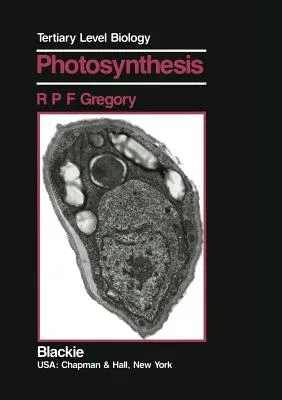Photosynthesis--the capture of light energy by living organisms -is a
simple enough concept, but its investigation draws on the resources of
disciplines from all fields of science. The aim of this text is to
provide a clear, stimulating and essentially affordable coverage for
undergraduate students of biology. The activity of science is debate and
practical experiment; its product is a body of propositions which at any
given time reflects the judgment and prejudices of those taking part.
The value of a proposition is related to the conceivable alternatives,
and writing it down without its context creates the false impression
that science progresses by compilation of an increasing list of absolute
truths. It does not; the facts and figures pres- ented in the following
pages have no intrinsic value unless they can be used by the reader to
support an argument or point of view. In short, the reader is urged to
respond 'So what?' to every item. Secondly, ideas-like other
foods-should be date-stamped; science is inseparable from its history. I
have set out time-charts to represent the evolution of our understanding
in certain areas. I have assumed that the reader is pursuing a course
with a content of biochemistry, microbiology and plant science, or has
access to basic texts. I have assumed also that common methods such as
spectrophotometry, chromatography and electrophoresis, as well as the
techniques of mol- ecular biology, will be either part of the same
course or in active use nearby.


